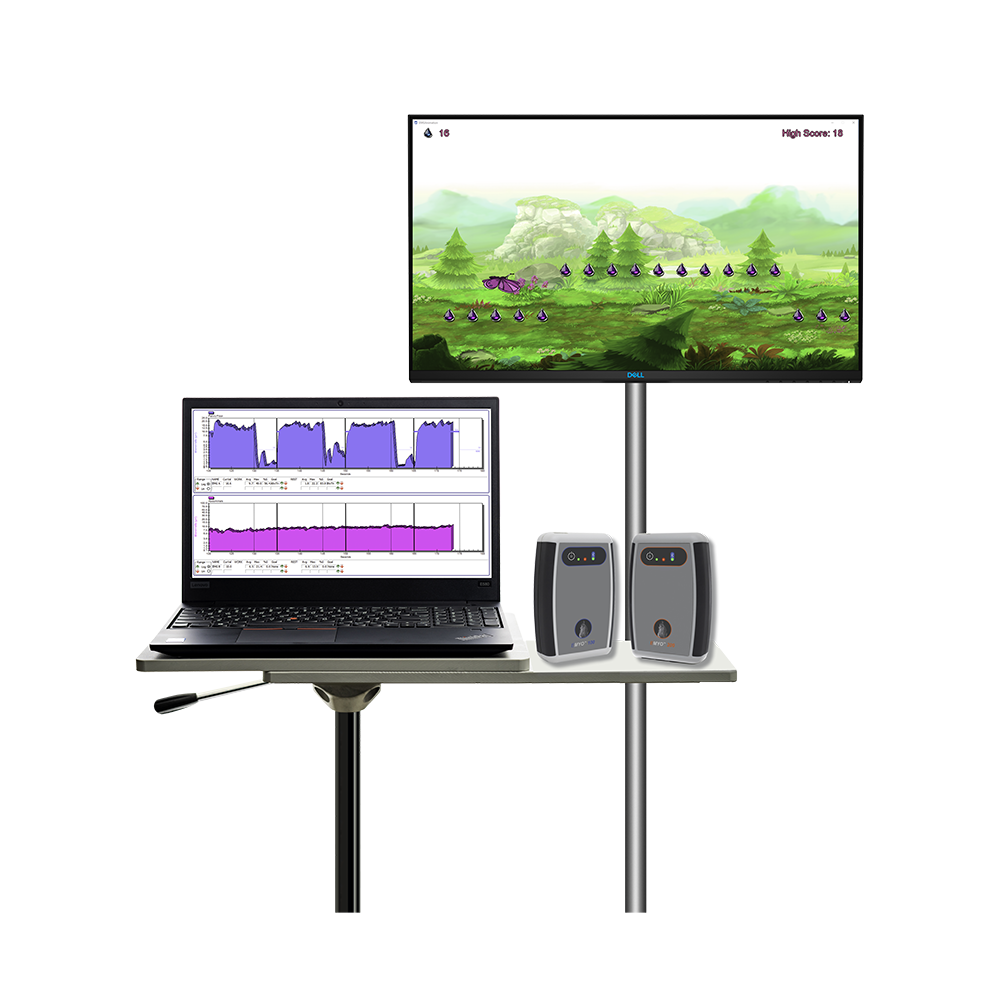Utilizing the Potential of Biofeedback to Revolutionize Persistent Pain Control and Enhance Standard of Living
Utilizing the Potential of Biofeedback to Revolutionize Persistent Pain Control and Enhance Standard of Living
Blog Article
Persistent discomfort is a condition that affects countless of people around the globe. It can be caused by various elements, including injuries, illnesses, or even anxiety. For many patients, managing chronic pain can be a daily challenge that impacts their standard of life. Conventional treatments often consist of drugs, physiotherapeutic therapy, and sometimes surgery. However, these methods do not always offer the relief that patients desire. Recently, biofeedback has surfaced as a potential alternative for controlling chronic pain and enhancing overall well-being.
Biofeedback is a technique that educates individuals how to control certain bodily processes by using indicators from their own bodies. This approach includes using sensors that track physiological functions such as heart rate, muscle tension, and skin temperature. By offering immediate feedback, patients can learn to identify their body's responses to pain and stress. This awareness allows them to formulate strategies to manage their pain more efficiently. For instance, if a person observes that their muscle tension increases when they are in pain, they can practice relaxation strategies to help alleviate that tension.
One of the primary benefits of biofeedback is that it enables individuals to take an proactive role in their pain management. Instead of depending solely on medications or treatments from healthcare providers, patients can gain to comprehend and regulate their own physiology. This feeling of control can lead to enhanced confidence and a more optimistic outlook on life. Many individuals indicate feeling more in charge of their pain and less like victims of their condition. This shift in mindset can significantly enhance their quality of life.
Research has shown that biofeedback can be effective in reducing chronic pain indicators. Research suggest that individuals who employ biofeedback methods often experience less pain and improved physical function. Additionally, biofeedback can help reduce anxiety and stress, which are common issues for those dealing with chronic pain. By tackling both the physical and psychological aspects of pain, biofeedback offers a comprehensive approach to pain navigate here control. This integrated method can lead to better outcomes for individuals, allowing them to participate more fully in their daily activities.
In conclusion, biofeedback is a valuable tool for transforming chronic pain control. By educating individuals to comprehend and regulate their physiological responses, biofeedback empowers patients to take charge of their pain. This approach not only helps reduce pain but also improves overall standard of life. As more individuals look for alternatives to conventional pain control methods, biofeedback stands out as a promising option. With continued investigation and recognition, biofeedback could turn into an integral part of chronic pain therapy, helping individuals lead healthier, more fulfilling lives.